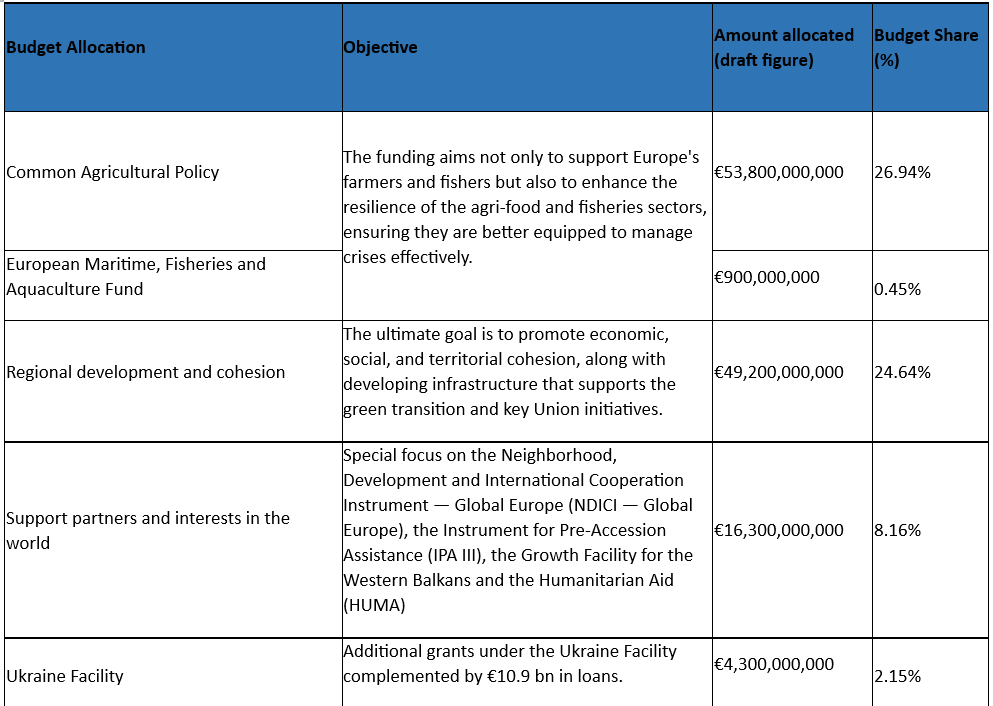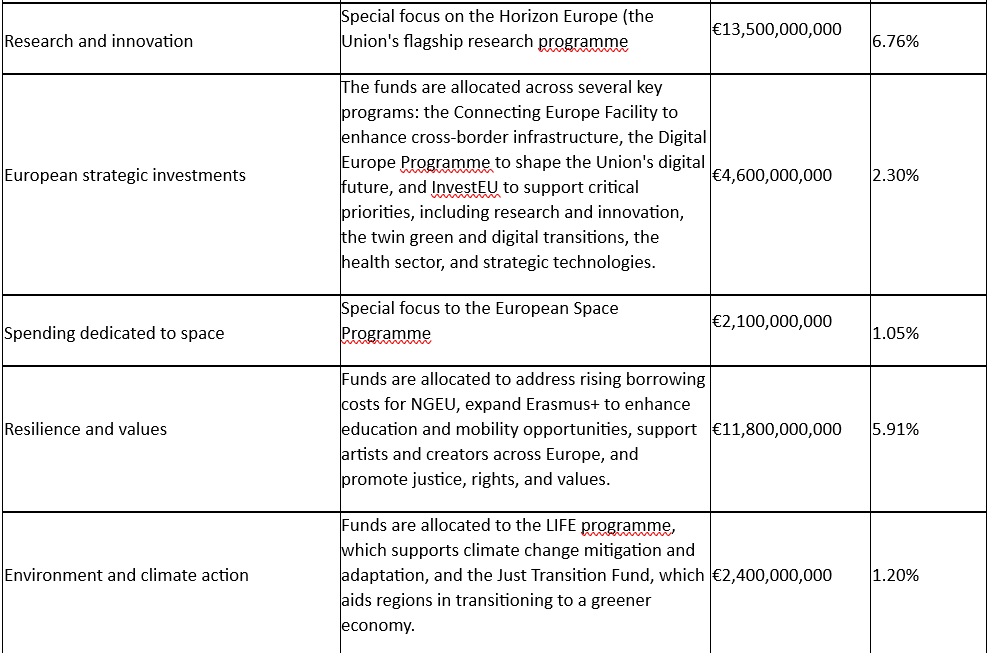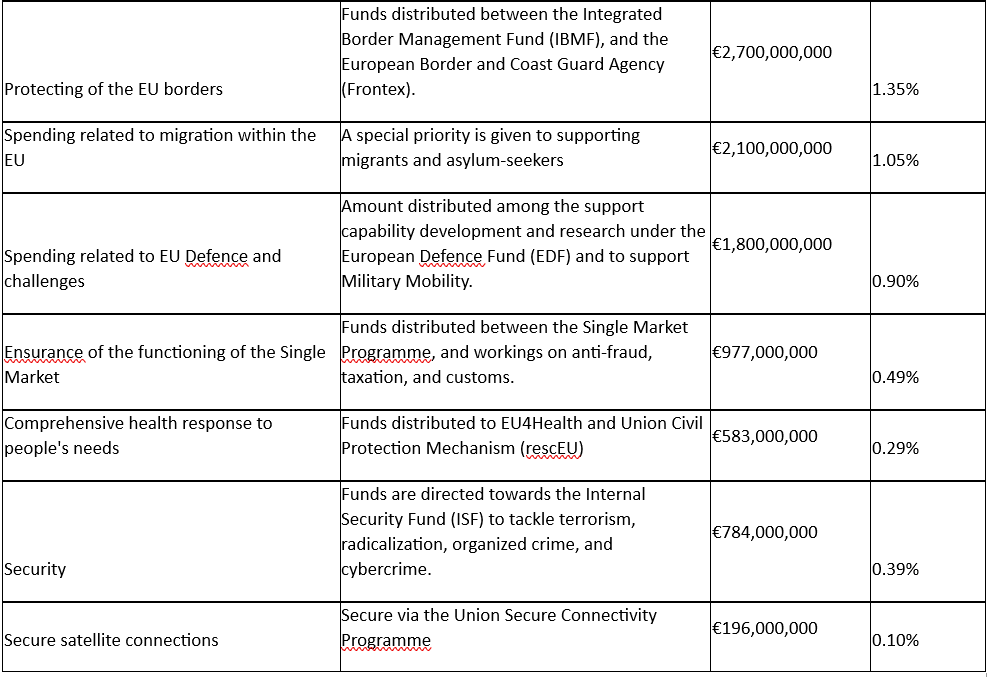by George Zairis*
Whether we’re ready to accept it or not, time is slipping away. In less than four months, 2024 will be behind us, and all focus will shift to the priorities of 2025. Furthermore, over two months have passed since EU citizens cast their votes to determine the parties and the representatives who will represent them for the next five years in the EU Parliament. Now, the burning question for millions across the EU is: how will the next budget be allocated? What will the priorities be? Or if we put it very simply, where will the money go?
To begin with, it’s important for every EU citizen to be aware of the EU budget and where it’s funding primarily focus on, as it directly or indirectly impacts their lives. The EU budget allows member countries to accomplish more collectively than they could individually by funding infrastructure projects and addressing crises. By pooling resources and providing mutual support, the EU budget enhances Europe’s economic strength and geopolitical influence. The long-term EU budget outlines spending priorities and limits over several years, with an annual budget negotiated within these boundaries. The budget is primarily funded through contributions from each country’s gross national income, customs duties on non-EU imports, a portion of VAT, and a proportion based on non-recycled plastic packaging waste.
The proposed budget for 2025 which is currently under discussion and is reaching almost EUR 200 billion. This figure includes EUR 72 billion sourced through the NextGenerationEU initiative, the European Union’s post-COVID recovery plan which changed millions of lives of EU citizens.
The million-dollar question, however, still remains unanswered: where will the money go? Transparency and clarity are two of the main components of the trust between the Union and its members. This is why the allocation of the budget is always public, even though many people either overlook it or don’t take the time to go through it. This lack of engagement is also a contributing factor to the low participation rate in EU elections.
Summarizing the press release published by the European Commission at the end of June, give us an overview of the budget allocation for the year 2025, the amount allocated and of course the ultimate objective of EU Commission.



Based on all the aforementioned facts, the budget is designed to be highly diverse, accommodating a wide range of needs across member states. However, it is crucial for the EU to maintain flexibility to address these needs effectively and respond promptly to emergencies at the level of each member state. Raising awareness about this important issue could be crucial for increasing participation rates and restoring trust in EU institutions. It is an undeniable fact that many people have lost confidence in them, which has contributed to the rise of far right and non-systemic parties at both the EU and national levels.
*Manager in the Business Advisory division of Grant Thornton specializing in providing advisory services to EU & Public Institutions. He holds a master’s degree in Banking Innovation and Risk Analytics from the University of Edinburgh and a bachelor’s degree in Economics from the University of Athens. Currently, he is also pursuing a PhD in Sustainable Metrics in the University of Peloponnese.




 By: N. Peter Kramer
By: N. Peter Kramer

